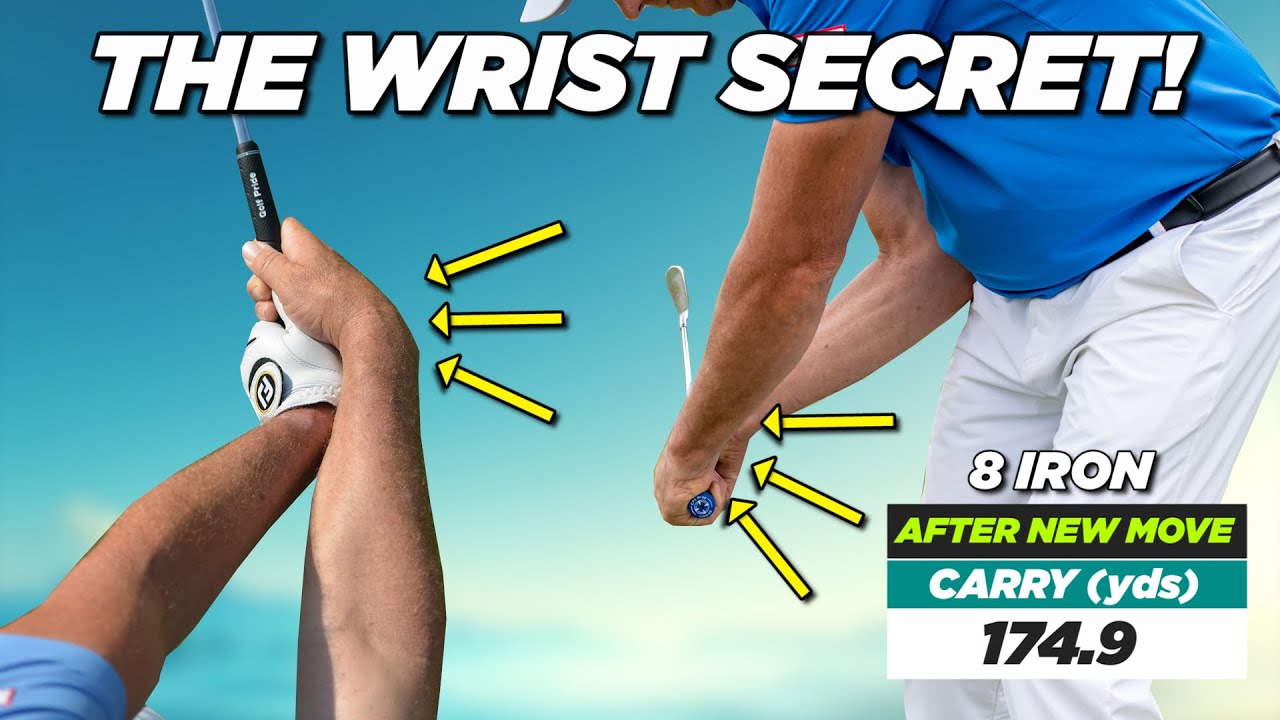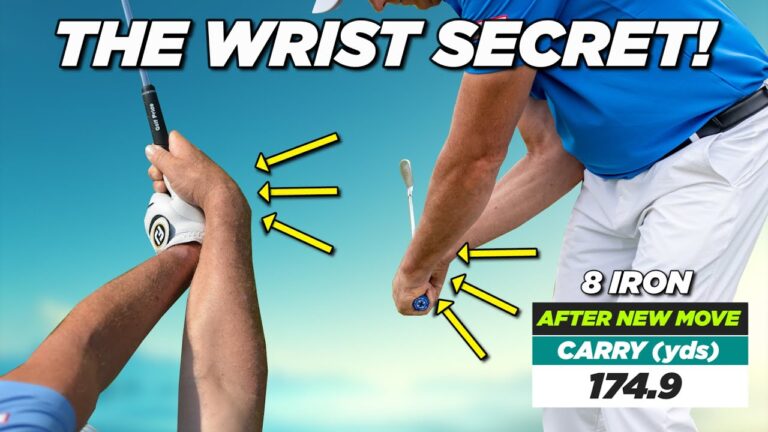
Unlock Your Potential: Discover the PGA Wrist Move
Have you ever watched a pro golfer’s swing and wondered what sets their ball striking apart? The secret lies in mastering powerful wrist mechanics that transform your golf game from ordinary to exceptional. In this guide, inspired by WorldClassGolf experts Craig Hanson and Dr. Rob Neal, we dive deep into the PGA wrist move that 95% of golfers need to master for improved power, speed, and consistency.
Whether you’re fighting-off erratic shots or seeking to enhance your control, understanding wrist mechanics is key. Let’s delve into the science, drills, and professional insights needed to elevate your game.
Introduction: Why Wrist Mechanics Matter in Golf
When observing pros, you’ll notice their effortless swing precision, largely due to wrist movement. These nuances create lag, control clubface angles, and provide compressive impact. For amateurs, wrist mechanics often go unnoticed. This oversight results in inconsistent strikes and diminished power. Master ball strikers leverage a specific wrist position for optimal lag and speed while maintaining a square clubface through impact. This ability separates the pros from the rest of us.
Step 1: Understanding the Importance of Wrist Angles in the Swing
Simple truths dictate the influence of wrist angles in golf. By maintaining lag, you unlock a spring-like effect, essential for energy transfer through the clubhead at impact. Reduced lag equates to missed speed and poor contact. Pros achieve power by flexing their right wrist and extending the left. Amateurs frequently miss this balance, leading to early club releases and inconsistent shots.
Step 2: Identifying Common Amateur Mistakes with the Wrists
Amateur golfers often fall into common pitfalls with wrist mechanics:
- Casting: Releasing wrists prematurely, leading to lost lag and early hand flipping.
- Chicken Wing: Outward lead arm bend post-impact from poor wrist control.
- Early Extension: Losing posture due to inadequate wrist angles.
- Shallow Plane: Prematurely grounded clubhead resulting in fat or thin shots.
Step 3: The Ideal PGA Wrist Move Explained
The wrist move amalgamates right wrist flexion and left wrist extension to secure a powerful release. Proper coordination results in a whipping clubhead movement that differentiates flipping from controlled acceleration.
Step 4: Essential Drills to Develop Proper Wrist Motion
To develop solid wrist mechanics, implement these drills:
Drill 1: The Logo Drill
- Grip with a three-knuckle visibility.
- Start with the clubhead’s logo pointing down.
- Make short swings, rotating wrists to turn the logo up at impact.
Drill 2: Wrist Position Awareness
- Touch inside of lead hand to inside right wrist.
- Maintain connection during swing.
- Track wrist flexion and extension.
Step 5: Insights from Tour Champions on Wrist Release and Power
Padraig Harrington: Great hands are indispensable in a golf swing. Fire them to create lag and release.
David Duval: Hand movement complements club dynamics, keeping the face square without forcing.
Step 6: Utilizing Technology to Track and Improve Your Wrist Movement
Using tools like HackMotion can precisely track wrist angles and movements, offering immediate data for improvement. Key focus areas should include wrist angles during downswing and flexion at impact.
Step 7: Incorporating the Wrist Move into Your Full Swing
- Setup: Establish a relaxed grip ready to cock.
- Backswing: Engage a solid lag with wrist positioning.
- Impact: Prioritize wrist flexion and correct release motion.
Conclusion: Mastering the Wrist Move for Consistent Golf Success
Mastering wrist moves can redefine your golf performance. Leveraging professional insights, executing targeted drills, and adopting technology fosters a more powerful and controlled game. Let your wrists unleash your golfing potential!
FAQ: Common Questions About the PGA Wrist Move
Q1: Why do most amateur golfers struggle with wrist mechanics?
Amateurs often lack awareness in wrist rotation leading to common errors like casting and flipping, affecting performance.
Q2: How can technology like HackMotion help me?
By providing real-time data on wrist dynamics, it allows golfers to pinpoint flaws and track progress efficiently.


0 Comments